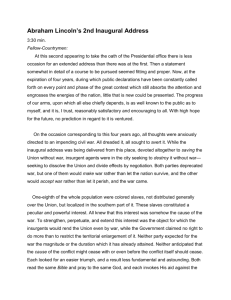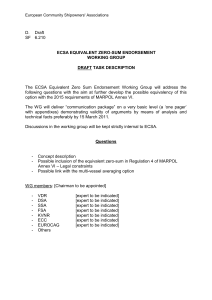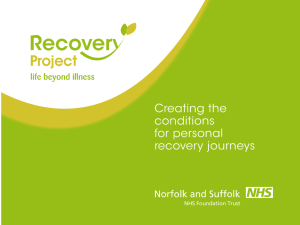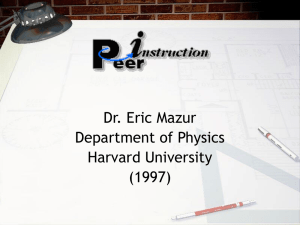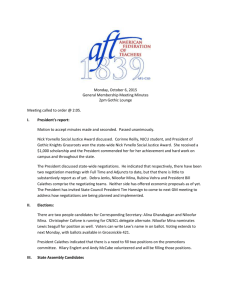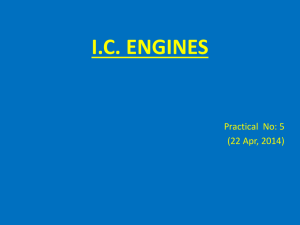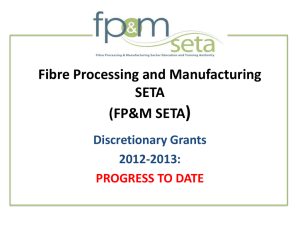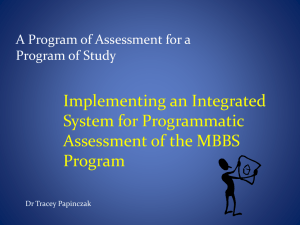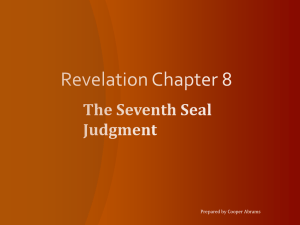Dr. Robert Lichter - International Society of Regulatory Toxicology
advertisement
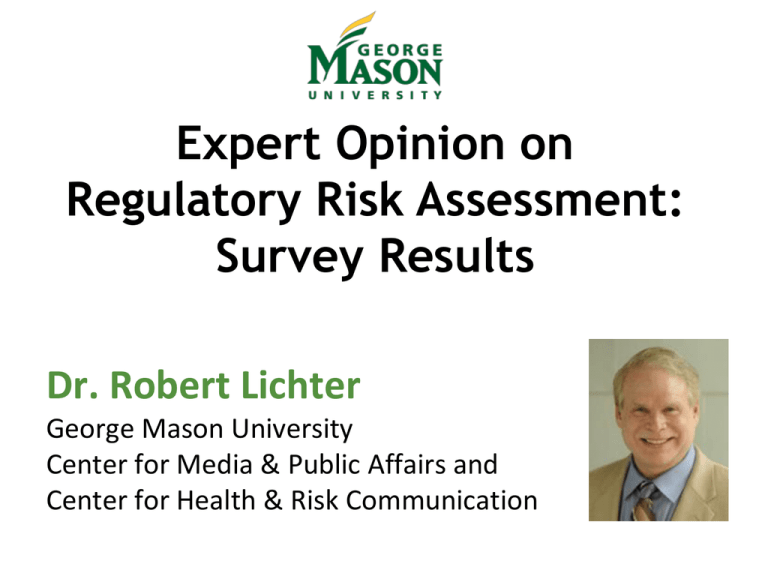
Expert Opinion on Regulatory Risk Assessment: Survey Results Dr. Robert Lichter George Mason University Center for Media & Public Affairs and Center for Health & Risk Communication Purpose of the Survey Objective: “Inform the discussion regarding the quality of risk assessments and their role in guiding regulatory decisions by tapping into the experience of the scientific community” Survey Procedures GMU surveyed members of three professional organizations whose memberships represent repositories of knowledge and experience in regulatory risk assessment: Risk Assessment Specialty Section of the Society of Toxicology (SOT-RASS) Dose Response Specialty Group of the Society for Risk Analysis (SRA-DRS), and International Society of Regulatory Toxicology and Pharmacology (ISRTP). Problem Formulation & Analysis Plans 68% agree it’s very important to complete a problem formulation evaluation prior to conducting an assessment × However, only 30% say prior problem formulations were often or always conducted Data Acquisition 94% support the use of inclusion/exclusion criteria × But, only 24% percent report that standardized protocols are often or always employed for collecting studies & data Access to Underlying Data 69 % believe it’s very important for assessors to be able to independently analyze results × But, 31% say the information is often or always made available 59% also believe it’s very important for peer reviewers to have access to data × However, only 16% say the information is often or always made available to peer reviewers Data Evaluation 82% stated that the same criteria should be used to evaluate all studies regardless of institutional affiliation × But, only 24% indicated that consistent & transparent criteria for evaluating studies are often or always used × And, less than half (44%) reported that all relevant & reliable studies are often or always used Weight of Evidence (WoE) 89% stated that WoE should be fully described, documented and used × But, only 45% stated it is often or always used × And, only 24% indicated that WoE is often or always consistent & transparent Weight of Evidence: Mode of Action (MOA) For a non-mutagenic MOA, 88% indicated a nonlinear (threshold) model should be used 75-82% stated that non-linear low dose extrapolations are warranted when the WoE indicates a threshold is involved for cancer effects × 61% stated that currently MOA is being poorly applied to characterize risk to humans Scientific Peer Review Process 73% agreed that external independent peer review is very important 78% indicated external peer review should be conducted independently of the office or program that develops a risk assessment × However, 75% indicated there was sometimes, rarely or never sufficient opportunity for stakeholder input × And, 79% stated that input from outside experts was sometimes, rarely or never considered Following Established Guidance How often do government agencies follow their own guidance? Often or always - 51% Sometimes, rarely, or never - 49% Risk Management Factors Risk Management Factors Needed - Deal of Weight (%) Current - Deal of Weight (%) Science 98 47 Costs/Benefits 67 41 Legal 48 72 Industry 20 28 Precautionary 19 52 Environmentalists 16 49 Politics 8 66 Media 4 43 Next Steps Additional analysis of the data and development of a manuscript for publication Thank You Dr. Robert Lichter George Mason University Center for Media & Public Affairs and Center for Health & Risk Communication slichter@gmu.edu
